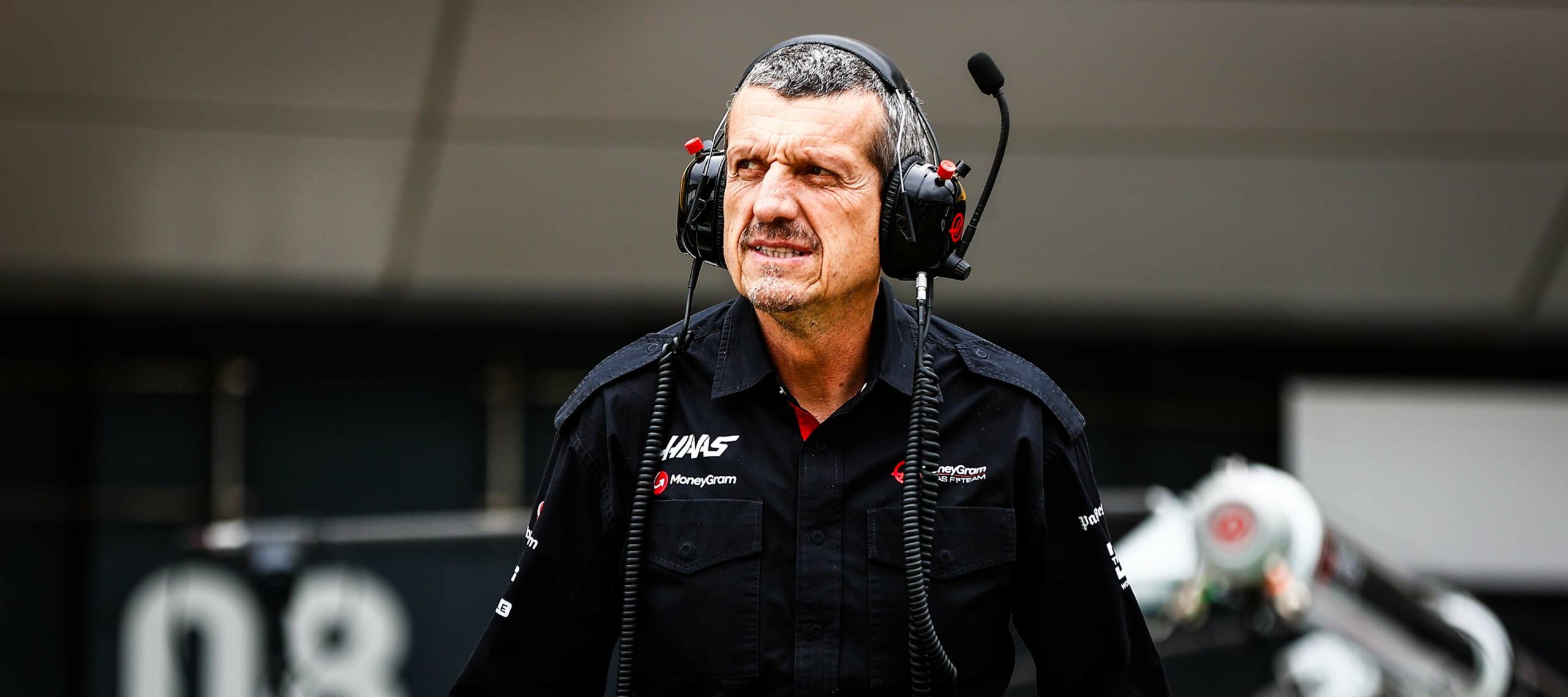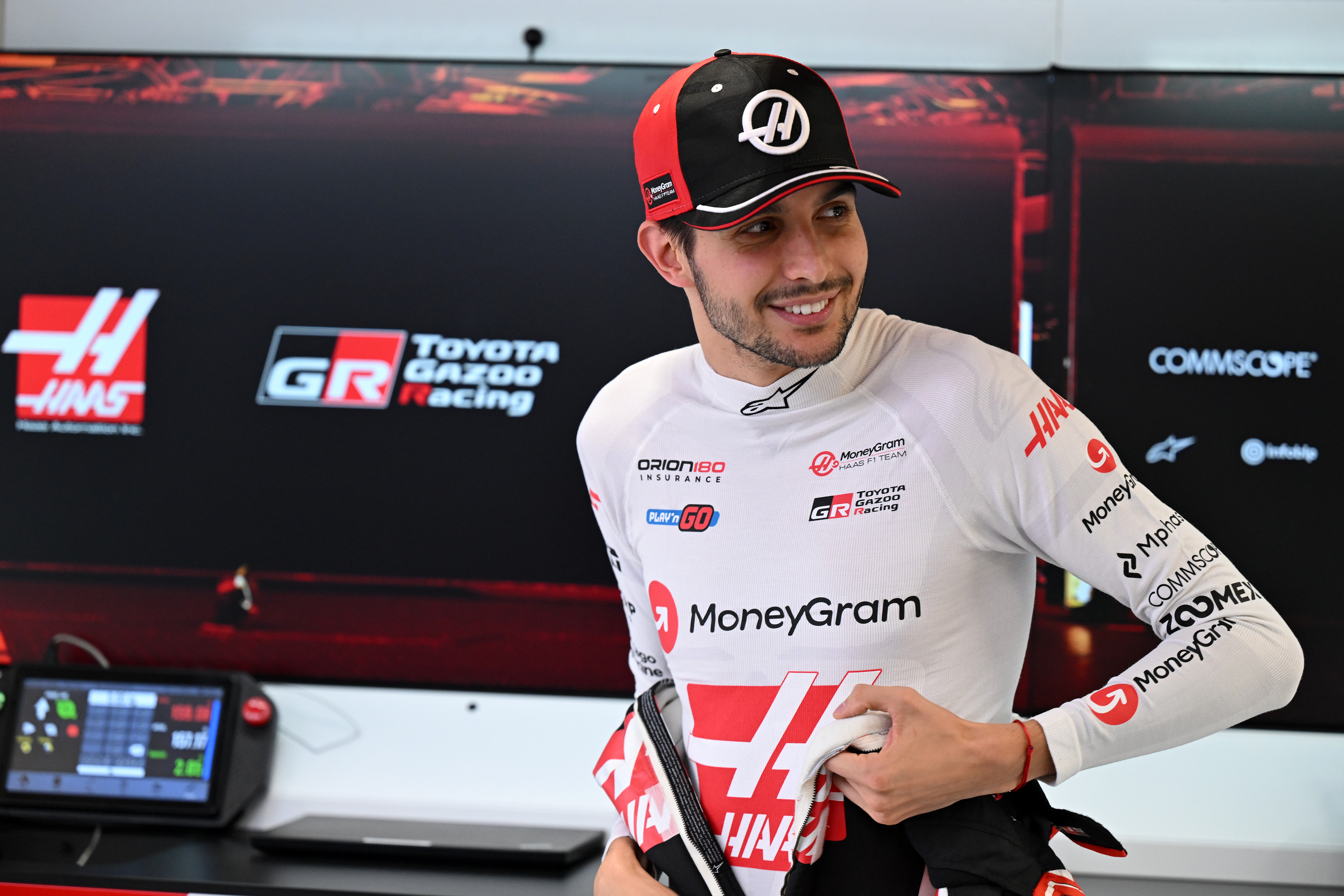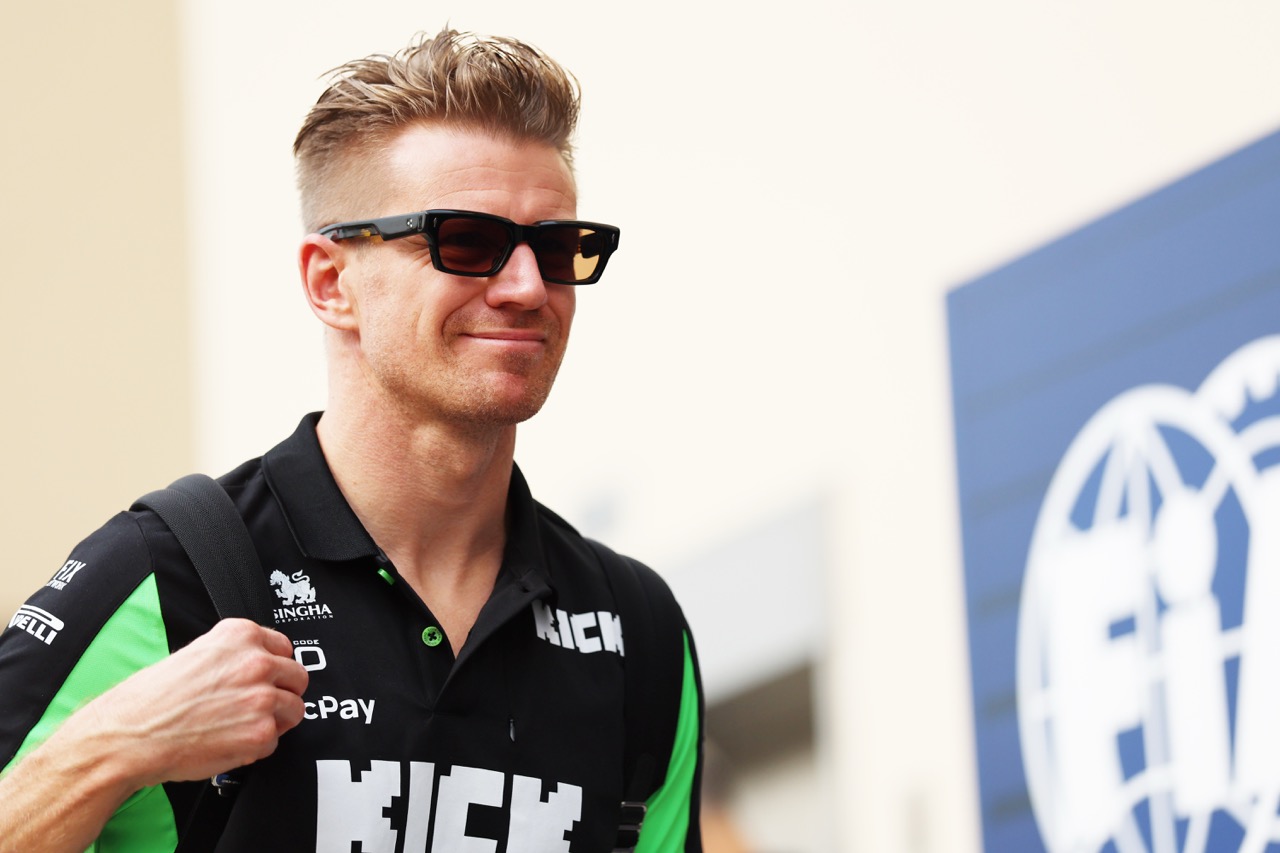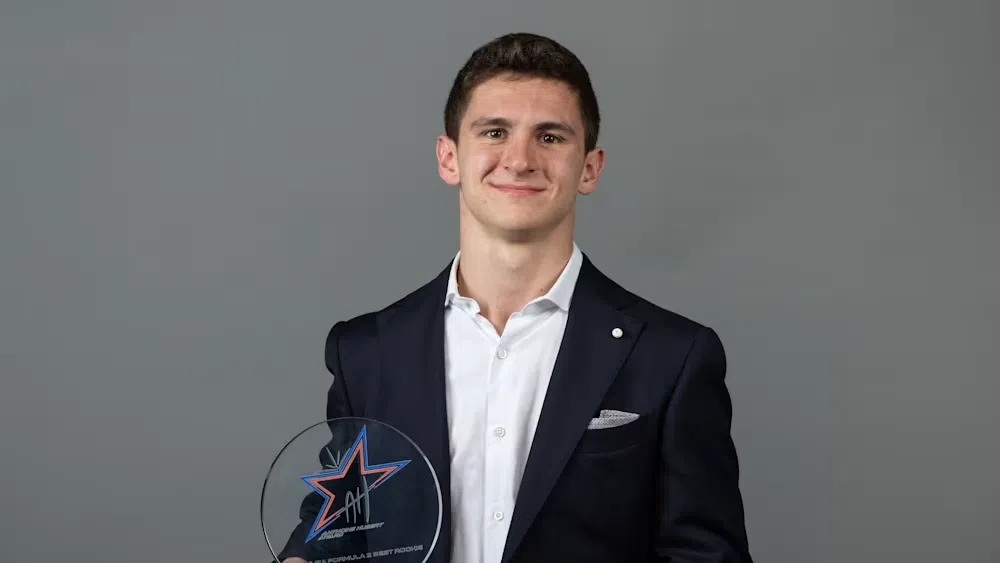In the action-packed world of Formula 1, with a new team of drivers, things are changing fast for the Haas F1 team. Team principle Guenther Steiner reflects on their performance so far, explains how Nico Hülkenberg’s impressive comeback is shaking things up, and how Kevin Magnussen is working hard to keep up.
It’s advantage to the German currently in 2023. He leads the qualifying head-to-head 9-3 and 9-2 in points.
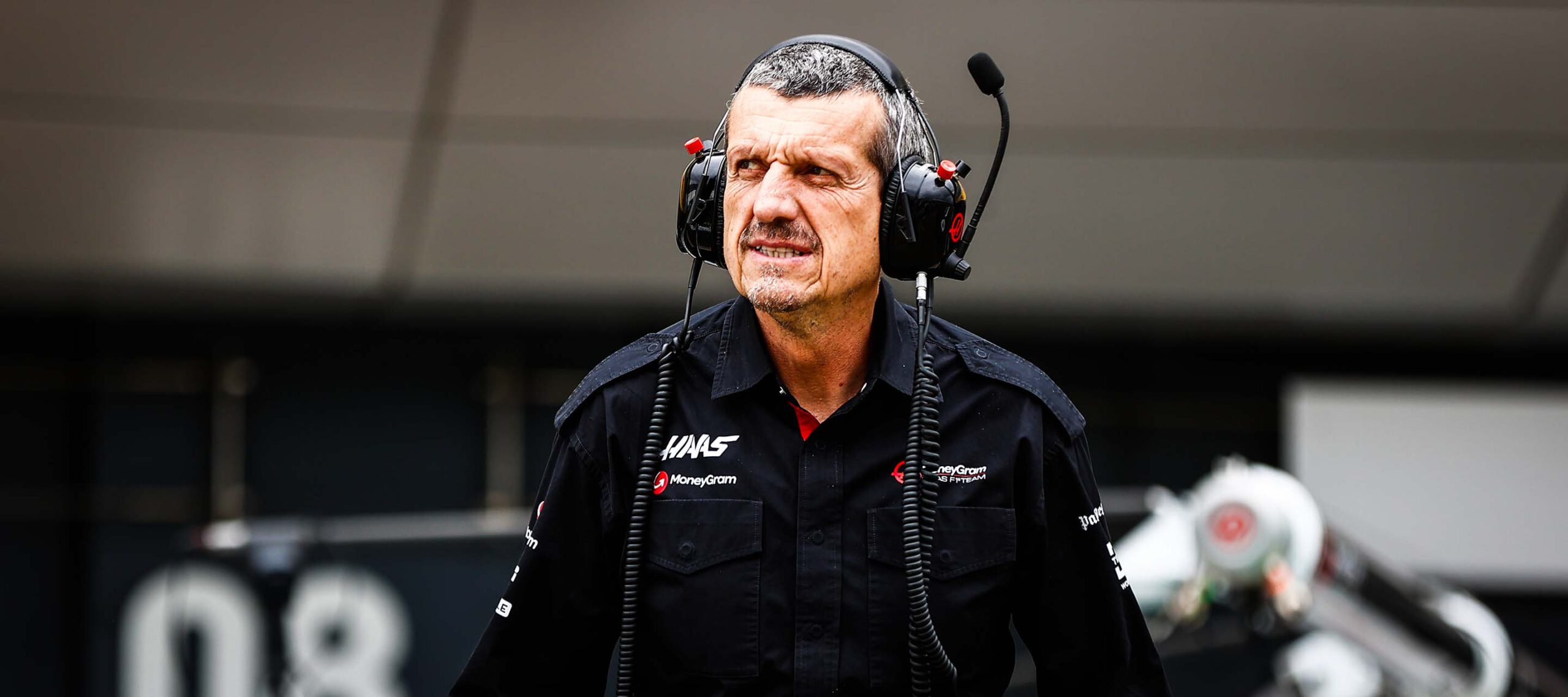
Photo credit: Haas F1 Team
Hülkenberg: Surprising Speed and Synergy
Nico Hülkenberg’s resolute return to the F1 circuit was nothing short of remarkable. Steiner, with an admiring nod to Hülkenberg’s experience, observed that the German driver’s presence had infused new life into the team. Hülkenberg’s results had surpassed expectations, his transition to returning to the sport has been seamless.
“What we wanted was (Hulkenberg’s) experience to take the team forward, and I think we got what we wanted,” Steiner affirmed to SirusXM. “Firstly, his results are – in my opinion – better than expected, how quickly he was on a good pace.”
As for Hülkenberg’s dynamics within the team, “he’s engaged, he tries to help, he’s giving good feedback on the car, and it’s also good fun to work with him,” the 58-year-old commented. Hülkenberg’s role as both a performer and a mentor had indeed injected a fresh sense of camaraderie.

Photo credit: Haas F1 Team
Magnussen: The Uphill Climb
However, amidst Hülkenberg’s resurgence, Kevin Magnussen found himself navigating a challenging path. The previous season had seen Magnussen shine with standout performances, including a remarkable fifth-place finish in Bahrain. This year, however, the tide has turned, with Hulkenberg garnering the lion’s share of points. Steiner acknowledged that Magnussen was facing a significant challenge and pressure, particularly in the realm of qualifying.
“It puts on pressure but I think at the moment, we need to look at the numbers and most of the time in qualifying Kevin was behind him, and not by half a tenth, by more than two or three tenths, which obviously puts Kevin under a bit of pressure.”
Steiner’s candid assessment acknowledged that Magnussen was grappling with the pressure, and not just from external sources. The internal drive to surpass his teammate’s performance weighed heavily.
“But I think the biggest pressure is coming from himself because when you’re a driver and you get beaten by your teammate that’s never nice to be,” Steiner commented, acknowledging the internal competition that fuels the fire within every racer.

Photo credit: Haas F1 Team
The decision to pair Hülkenberg with Magnussen was a strategic one, aimed at striking a balance between experience and potential. Steiner highlighted the advantages of having a known quantity, particularly in assessing the car’s capabilities.“It’s one of those things that if you have a known quantity then it’s easier to judge also where we are with the car. If you think about Kevin in the form he was at the beginning of the year, and then having a rookie beside him, you don’t really know where you are at.”While Magnussen’s preference for the car’s handling was noted, it didn’t cast the vehicle in an unfavorable light.
“Kevin just doesn’t like how this car drives, but it doesn’t make it a bad car… he needs to get the best out of it,” Steiner emphasised, recognising the nuances of performance optimisation.

